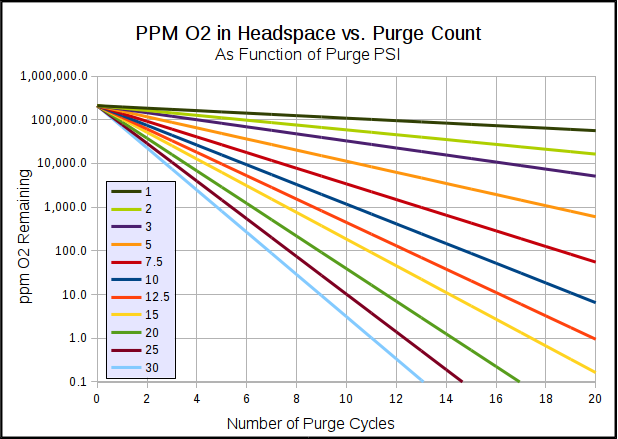Beenym88
Well-Known Member
- Joined
- Oct 21, 2020
- Messages
- 212
- Reaction score
- 113
I kegged and carbed at hazy IPA on Sunday it came out exactly as I want and I loved the beer. It tastes just as good on Monday then after work yesterday(Tuesday) I poured myself a glass and it is absolutely not the same beer. Aroma greatly faded softness isn’t quite as good and overall taste is just different. I pressure transferred and purged my corney about 5 times could it be oxidation and can it happen that fast?






